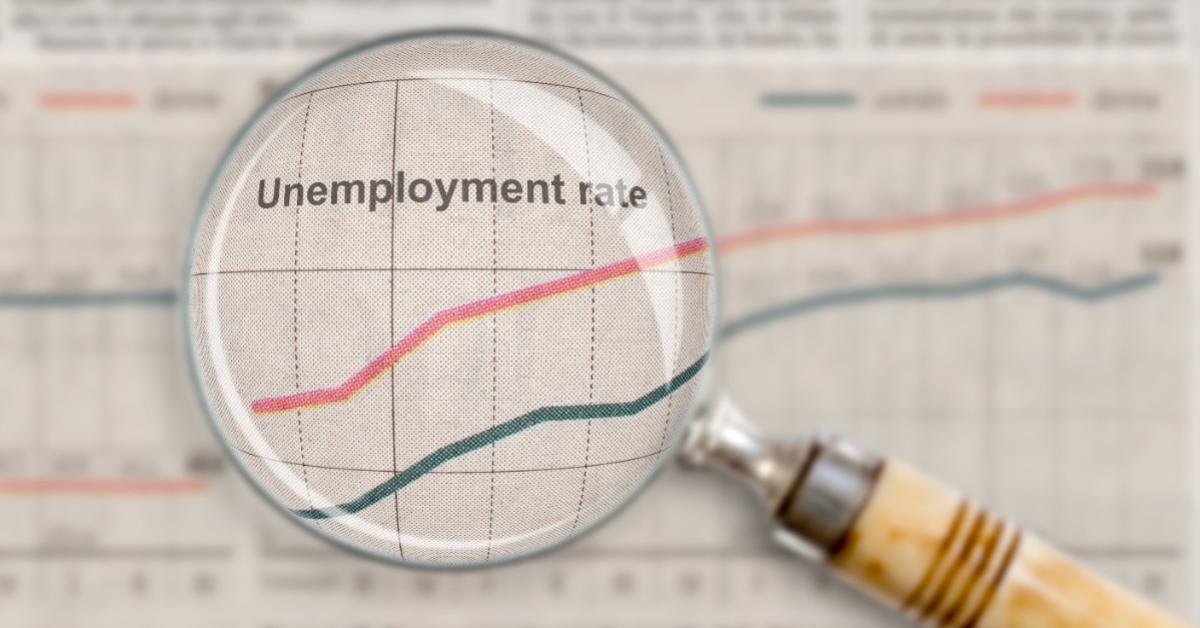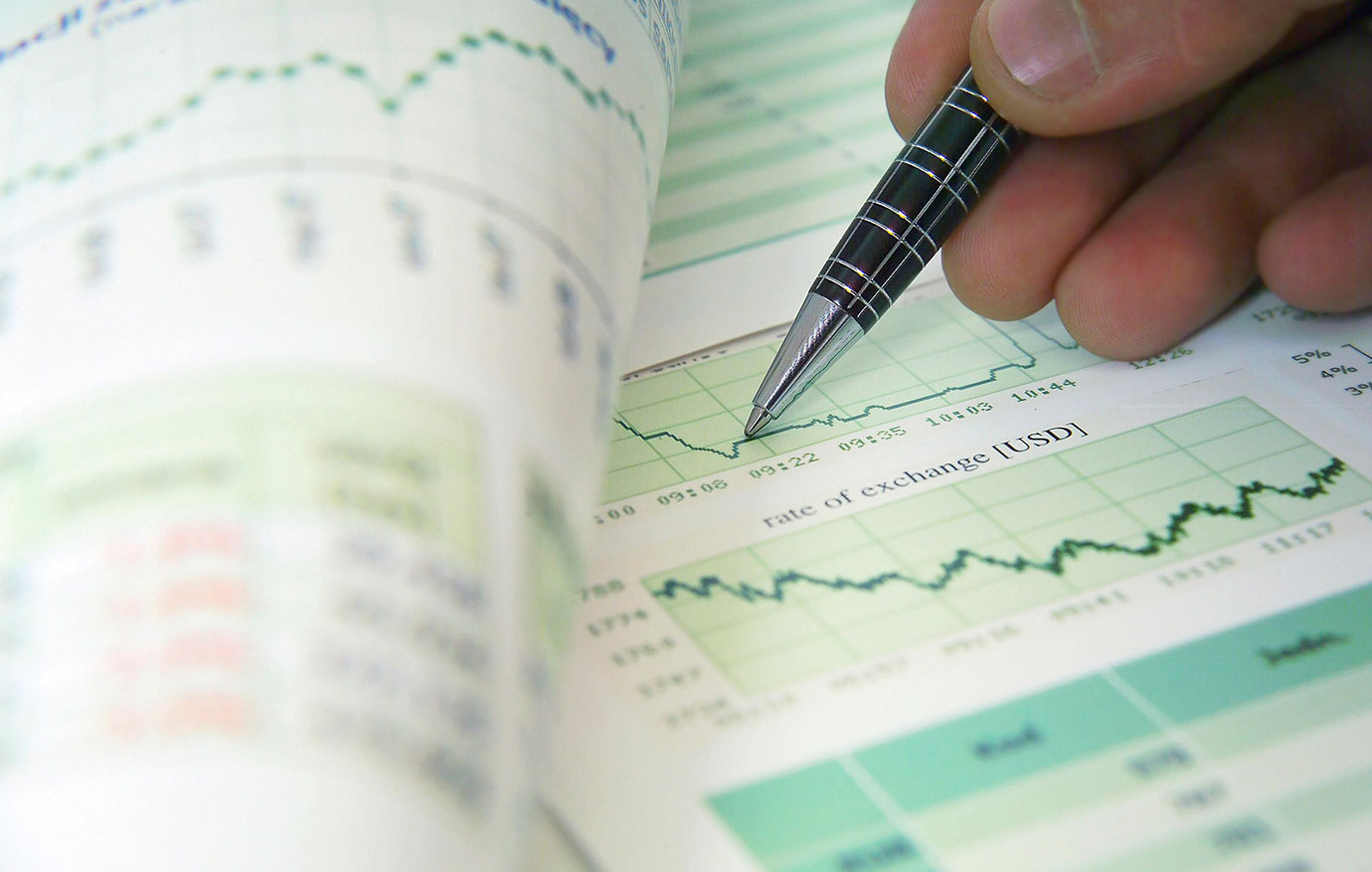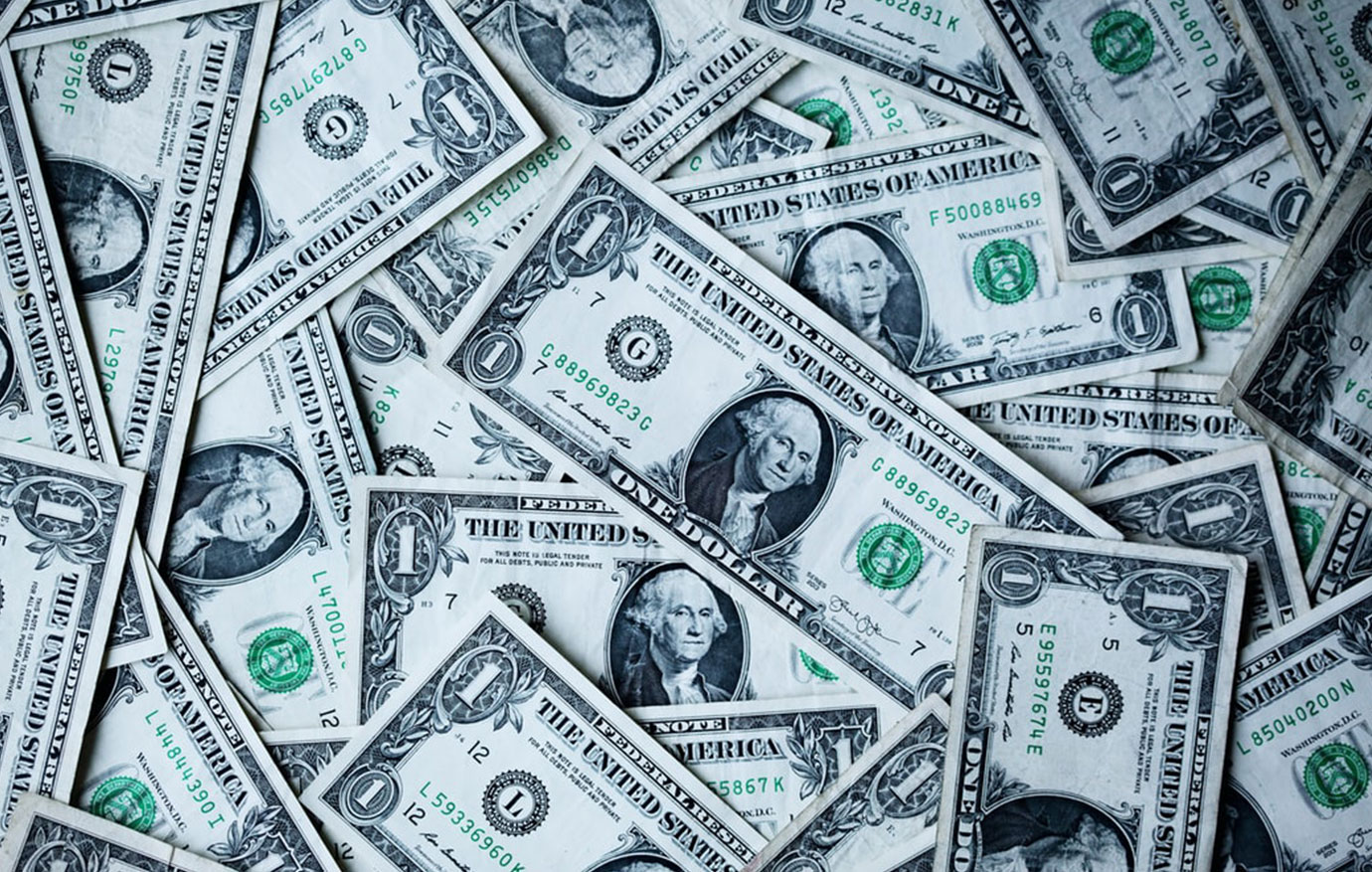
The Phillips Curve Is an Economic Fable
Keynesians and other economists believe the central bank can influence economic growth via monetary policy but that it may bring inflation. Thus, if the goal is faster economic growth and lower unemployment, then the economy may pay the price with a higher inflation rate. There is supposedly a tradeoff between inflation and unemployment, described by the Phillips curve: the lower the unemployment rate, the higher the rate of inflation; conversely, higher unemployment rates come with less inflation.
Some commentators maintain that once the unemployment rate falls below what’s known as the nonaccelerating inflation rate of unemployment (NAIRU), it sets off an inflationary spiral. This acceleration in the inflation rate takes place through increases in the demand for goods and services, lifting demand for workers and putting pressure on wages, which increases prices.
The NAIRU, however, is an arbitrary measure, derived from a statistical correlation between changes in the consumer price index (CPI) and the unemployment rate (i.e., whether a decline in the unemployment rate below the NAIRU results in the acceleration in the inflation rate). Using a statistical correlation as the basis of a theory means anything goes. For example, assume that a high correlation is found between the income of Mr. Jones and the CPI, such that the higher the growth rate of Mr. Jones’s income, the higher the rate of increase in the CPI. We could conclude from this information that in order to exercise control over the inflation rate, the central bank must control the rate of increase in Mr. Jones’s income.
Can We Ascertain the Facts of Reality in Economics by Means of Correlations?
One can use statistical and mathematical methods to organize historical data into a useful body of information which can help assess of the state of an economy. However, knowledge secured from assessing the data is likely to be tentative, since one cannot establish the true nature of the facts.
Milton Friedman wrote that since one cannot establish how things really work, the underlying assumptions of a theory don’t matter. What matters is that the theory yields good predictions. In his Essays in Positive Economics, Friedman wrote,
The ultimate goal of a positive science is the development of a theory or hypothesis that yields valid and meaningful (i.e., not truistic) predictions about phenomena not yet observed. . . . The relevant question to ask about the assumptions of a theory is not whether they are descriptively realistic, for they never are, but whether they are sufficiently good approximation for the purpose in hand. And this question can be answered only by seeing whether the theory works, which means whether it yields sufficiently accurate predictions.
For example, an economist believes that personal disposable income determines consumer outlays. He then constructs a model, which is validated via statistical methods and then used to predict the future direction of consumer spending. The model’s accuracy is based on how consumer outlays are correlated with other variables.
However, should we accept or reject a theory based only on its ability to make accurate forecasts? For instance, we can say that all other things being equal, an increase in the demand for bread will raise its price; this conclusion is true and not tentative. But will the price of bread go up tomorrow or later? The laws of the theory of supply and demand cannot determine when the price will increase, only that it will increase. Should we then dismiss this theory as useless because it cannot predict the future price of bread?
According to Friedman, we form our view of the real world according to how portions of information correlate with each other. Noting that changes in the CPI are inversely correlated with the unemployment rate does not establish the causes behind the growth rate of consumer prices. It only establishes that during a particular period the unemployment rate and the growth rate of prices had an inverse correlation.
Theory Must Precede the Data to Make Sense of the Data
To make sense of historical data, one must have a theory that stands on its own and that does not originate from the data. The theory must originate from something real that cannot be refuted. A theory that rests on the foundation that human beings are acting consciously and purposefully complies with this requirement.
The statement that human beings act consciously and purposefully cannot be refuted, for anyone who tries to refute it does so consciously and purposefully, an obvious self-contradiction. Ludwig von Mises, the founder of this approach, called it praxeology, and he derived the entire body of economics from it. Mises concluded that in economic analysis—in contrast to the natural sciences, where true causes are not known to us—the knowledge that human beings act consciously and purposely permits us to determine causality: the causes emanate from human beings themselves.
According to Murray Rothbard in his preface to Mises’s Theory and History,
One example that Mises liked to use in his class to demonstrate the difference between two fundamental ways of approaching human behavior was in looking at Grand Central Station behavior during rush hour. The “objective” or “truly scientific” behaviorist, he pointed out, would observe the empirical events: e.g., people rushing back and forth, aimlessly at certain predictable times of day. And that is all he would know. But the true student of human action would start from the fact that all human behavior is purposive, and he would see the purpose is to get from home to the train to work in the morning, the opposite at night, etc. It is obvious which one would discover and know more about human behavior, and therefore which one would be the genuine “scientist.”
Furthermore, according to Mises in Human Action:
The physicist does not know what electricity “is.” He knows only phenomena attributed to something called electricity. But the economist knows what actuates the market process. It is only thanks to this knowledge that he is in a position to distinguish market phenomena from other phenomena and to describe the market process.
Economic Activity and Inflation
Contrary to popular thinking, strong economic activity does not cause a general rise in goods prices and cause economic “overheating.” Regardless of the unemployment rate, as long as expenditure increases are supported by production, no overheating can occur. Overheating emerges once spending increases without the backup from production—for instance, when the money stock is increasing. Once money supplies increase, they generate exchanges of nothing for something (consumption without preceding production), leading to the erosion of wealth.
Increases in the money stock are followed by rises in consumer prices, all other things being equal. Prices are another name for money that people spend on goods. If the stock of money in an economy increases while the number of goods remains unchanged, more money will be spent on the given amount of goods, so prices will increase. Conversely, if the stock of money remains unchanged, it is not possible to spend more on all the goods and services; hence, no general rise in prices is possible. By the same logic, a growing economy with an unchanged money stock will see prices decline.
Conclusion
Some economists believe there is a trade-off between inflation and unemployment, which is described by the Phillips curve: the lower the unemployment rate, the higher the inflation rate will be and vice versa. However, the Phillips curve cannot determine a causal relationship between inflation and unemployment, which makes it useless for most economic analysis. It is an interesting observation, but that is all it is.


